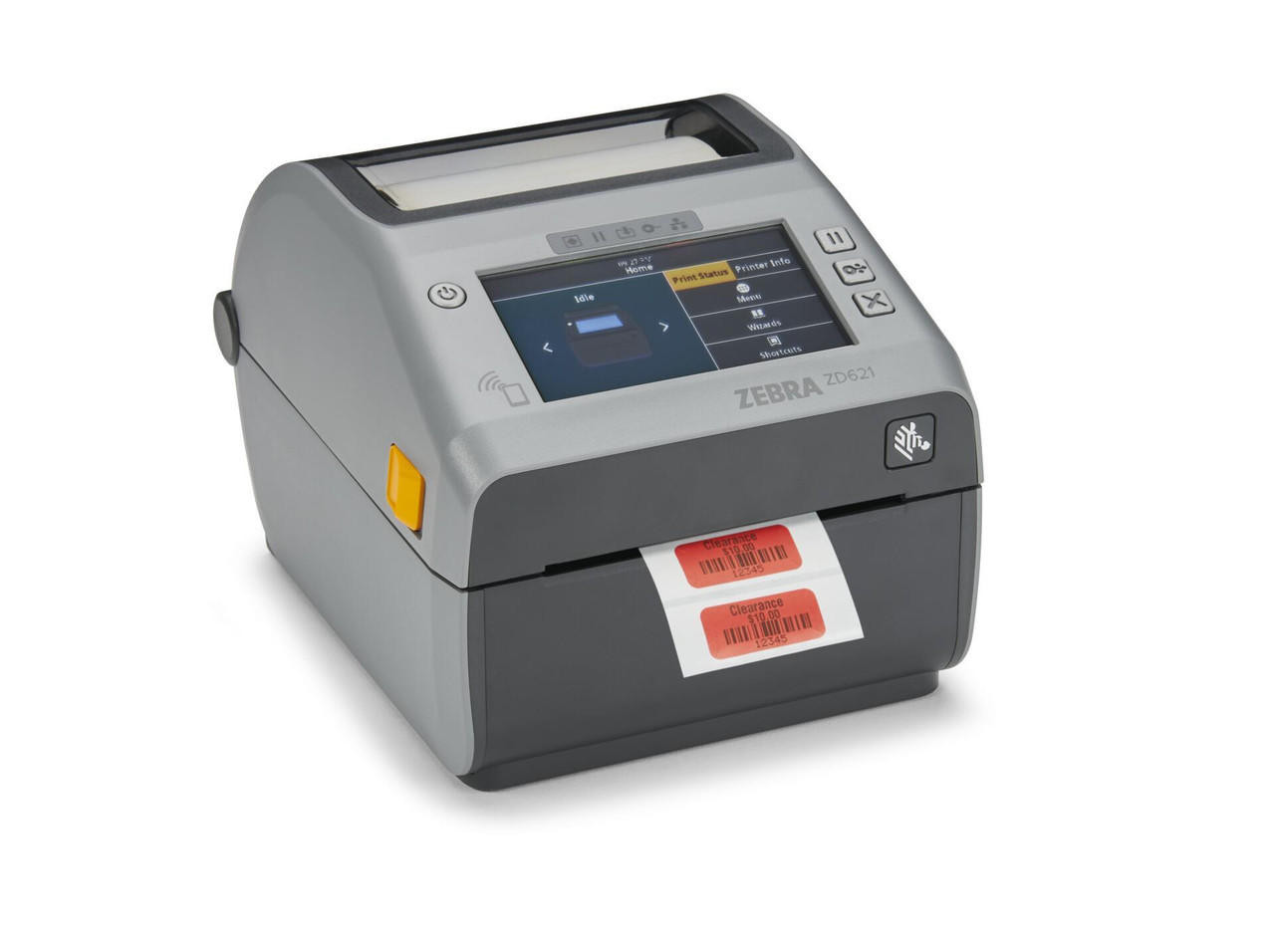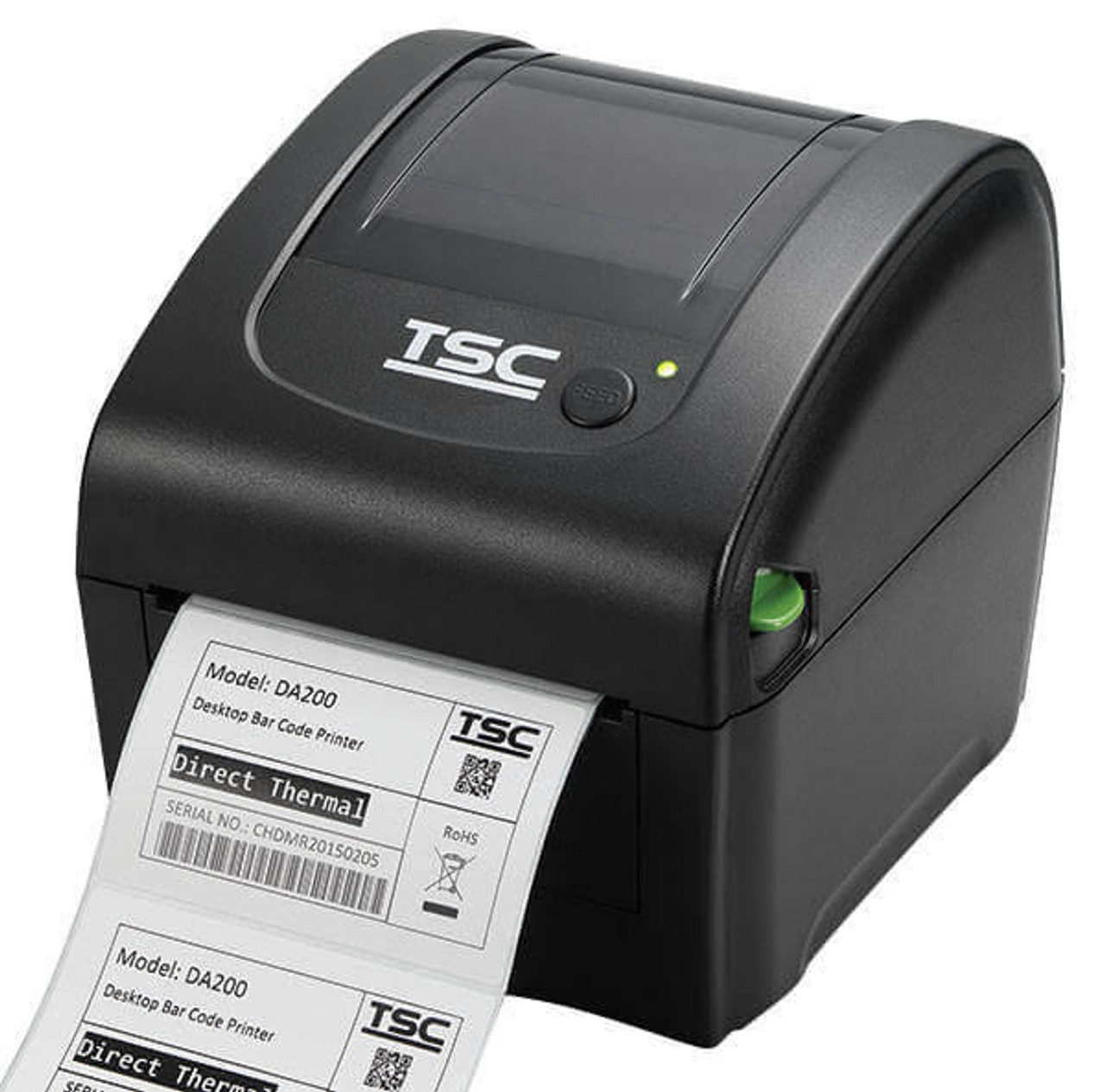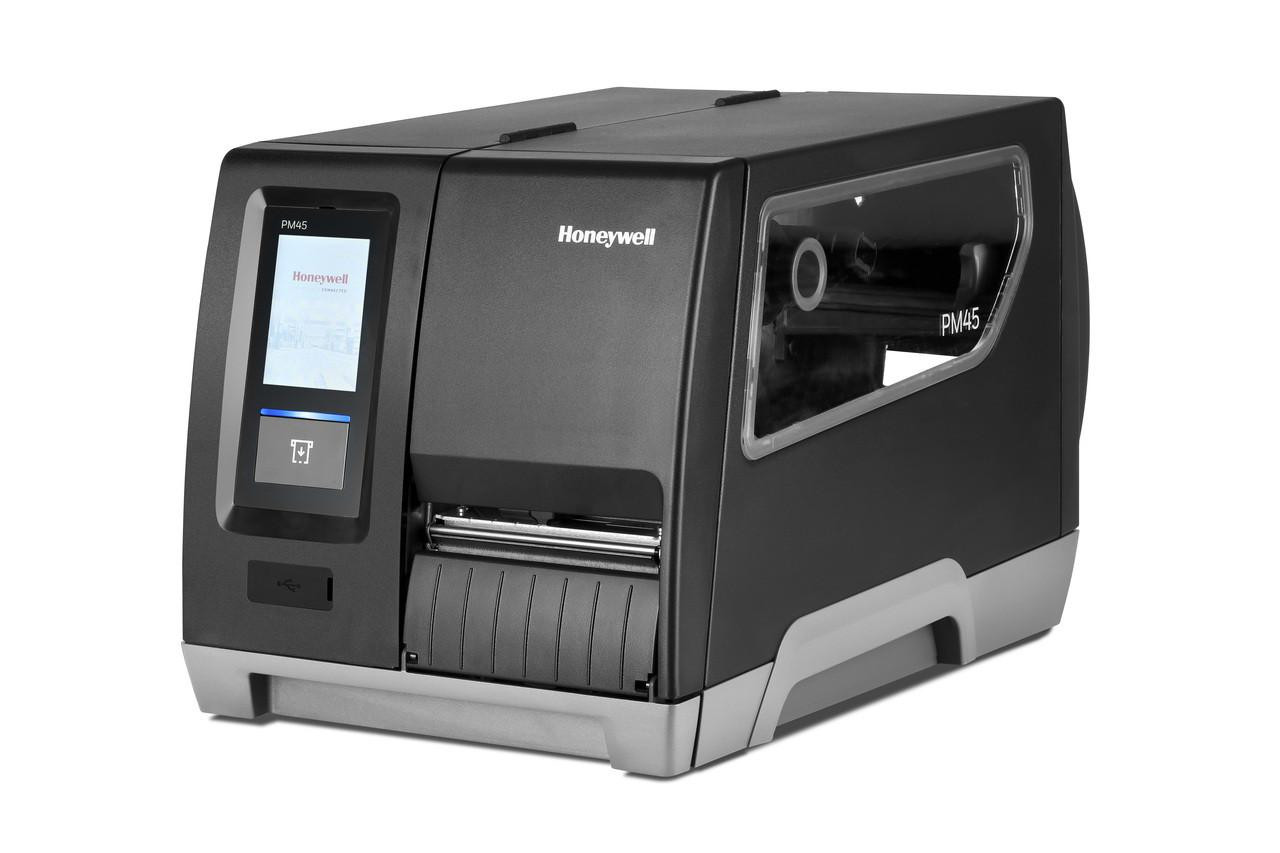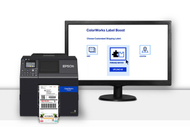Amazon FBA Label Requirements: A detailed guide
6th Mar 2025
What Are Amazon FBA Label Requirements?
Are you struggling to meet Amazon FBA label requirements? You're not alone. Since its launch in 2006, Fulfillment by Amazon (FBA) has transformed how businesses manage logistics. With FBA, small businesses can rely on Amazon for warehousing, shipping, and returns, giving them more time to focus on growth. However, one of the biggest challenges sellers face is adhering to Amazon's complex labeling guidelines.
Failure to comply with Amazon’s requirements can lead to delays, increased fees, or even returned shipments, which can disrupt your business. Proper labeling is crucial to ensure your products move smoothly through Amazon's fulfillment network. This guide breaks down the key aspects of Amazon FBA labeling requirements, helping you easily navigate the process and avoid common pitfalls.
What are FBA Label Requirements?
An FBA label, including necessary barcode labels, serves as an identifier for Amazon products.
-
It includes key details such as the Fulfillment Network Stock Keeping Unit (FNSKU), product name, and product condition.
-
These labels replace other tracking systems like UPCs and align with Amazon's internal tracking system.
-
They are required for all items sold through Amazon's FBA program to ensure smooth processing in fulfillment centers.
Failure to comply with Amazon's FBA labeling requirements can cause:
-
Delays misplaced inventory, or additional fees.
-
Scanning errors due to incorrect labels, including the carrier label, which may lead to shipment rejections or returns.
To prevent these issues, sellers should:
-
Print labels at high resolution for easy scanning.
-
Place labels correctly on the packaging to meet Amazon's guidelines.
-
Follow Amazon's formatting rules to avoid disruptions in fulfillment.
Proper labeling, including carrier label placement, helps streamline fulfillment and maintain a positive seller performance rating.
FBA Product Barcode Requirements
Every new product listed under your catalog is assigned a unique identifier known as the Fulfillment Network Stock Keeping Unit (FNSKU). This SKU is meant to be specific to each product and seller, making it easier to track your inventory as it moves through Amazon's logistics system.
The FNSKU comprises a two-dimensional barcode accompanied by a human-readable code below it. This Amazon barcode replaces any previously labeled scannable by barcode software, even if the same barcode had previously been used for both tracking systems. Please note that items sold via Fulfilled by Merchant (FBM) don't receive an FNSKU barcode.
Here's a comparison between the key components of an FNSKU and a traditional SKU:
|
SKU |
FNSKU |
|---|---|
|
Tied specifically to a product |
Tied to a product and a seller |
|
Standard across platforms |
Amazon-specific coding |
|
Not required to be unique |
Unique to each product/seller |
Transition: Now that you understand Amazon's product barcode requirements, let's delve into another crucial aspect- Item Condition and Expiration Dates for your Amazon FBA Packages.
Item Condition and Expiration Dates for Amazon FBA Packages
Amazon classifies item conditions based on the product, accessories, and packaging. Understanding and labeling your product's condition is essential to Amazon's FBA labeling requirements. Conditions range from "New," meaning the product is in its original packaging, to "Used, Acceptable," where minor parts may be missing, and visible wear or scratches are present.
When it comes to expiration dates, Amazon has strict guidelines. The expiration date must be displayed in MM-DD-YYYY format, in a font size of 36 points or larger, on both the case and each unit container inside. Products close to their expiration date may be rejected.
Labeling Requirements for Expiration-Dated Products
Amazon requires expiration-dated products to be labeled properly to ensure compliance. Each unit must have an easily readable and visible expiration date. Labels should not be obstructed or covered by packaging, stickers, or shrink wrap.
Additionally, products with expiration dates must have a remaining shelf life of at least 90 days upon arrival at Amazon's fulfillment center. If a product is within 50 days of expiration, Amazon may dispose of the inventory to maintain quality control standards.
Best Practices for Labeling Item Conditions and Expiration Dates
-
Use high-quality labels – Ensure that condition labels and expiration dates are printed on durable, smudge-proof materials to avoid fading or damage.
-
Follow Amazon's format guidelines – Expiration dates must be in MM-DD-YYYY format and printed in a legible font size.
-
Check inventory regularly – Conduct routine quality control checks to ensure proper labeling and compliance with Amazon's requirements.
-
Use scannable barcodes – Include scannable barcodes on labels for easy tracking and inventory management.
-
Avoid relabeling errors – Ensure that each unit's label matches the product's actual condition and expiration date to prevent rejections or removals by Amazon.
Common FBA Labeling Mistakes to Avoid
-
Incorrect date format – Using formats other than MM-DD-YYYY can result in rejection.
-
Illegible labels – Small font sizes or smudged printing can lead to compliance issues.
-
Placing labels over barcodes – Obstructing barcodes can cause scanning errors and delays in processing.
-
Sending near-expired products – Products with insufficient shelf life may be disposed of or removed from inventory.
Proper labeling of item conditions and expiration dates is crucial for compliance with Amazon FBA guidelines. Following these best practices can help prevent inventory issues, rejections, or unnecessary costs.
What Are Amazon's Packaging and Labeling Requirements?
Understanding Amazon's Packaging and Labeling requirements is crucial to ensure your products remain intact during transit and are easily identifiable within Amazon's fulfillment system.
General Packaging Requirements
Sellers must comply with Amazon's packaging guidelines to ensure their products reach customers in optimal condition. Proper packaging minimizes damage, enhances customer satisfaction, and prevents unnecessary returns. Key packaging requirements include:
-
Secure and protective packaging: Products must be packed securely as a single item to prevent damage during transit. Fragile items should be wrapped in bubble wrap or placed in padded mailers, while liquid products should have double-sealed lids to prevent leakage.
-
The unique, scannable barcode on each unit: Every product requires an FNSKU (Fulfillment Network Stock Keeping Unit) barcode, ensuring proper tracking and identification within Amazon's fulfillment network.
-
Inclusion of required documentation: Products should be accompanied by any necessary safety, compliance, or instruction documents as required by Amazon and regulatory authorities.
-
Durable packaging materials: Boxes, mailers, and polybags should be sturdy enough to withstand shipping pressures. Packaging must not have sharp edges or protrusions that could cause damage to other items in transit. Boxes must also include Amazon FBA box labels, which should be clear, scannable, and placed on a flat surface for easy identification during fulfillment.
-
Removal or coverage of pre-existing barcodes: Any previous barcodes on the product or packaging must be covered or removed to avoid scanning errors. Amazon requires each item to be uniquely identified, and duplicate barcodes can cause misrouting.
-
Adherence to polybag and bubble wrap policies: If using polybags, they must be at least 1.5 mil thick and feature a suffocation warning if the bag opening is larger than 5 inches. Bubble-wrapped items should be fully enclosed with a secure label on the outermost layer.
By following these best practices, sellers can ensure their products are properly secured and ready for seamless processing at Amazon fulfillment centers.
Amazon FBA Box Label Requirements
Labeling plays a critical role in Amazon's FBA process. Properly labeled boxes allow Amazon's system to track, sort, and deliver products efficiently without delays, optimizing the overall shipping process. To meet Amazon's requirements, boxes must adhere to these Amazon guidelines:
-
High-quality printing: Labels must be printed in black ink on white, non-reflective paper for maximum readability. Poor print quality can lead to scanning issues.
-
Minimum 300 DPI resolution: This ensures precise barcodes, preventing scanning errors and delays.
-
No cropping or scaling: Labels should not be resized or altered, as this can cause distortion or blurriness, making them unreadable by Amazon's scanners.
-
Use of removable adhesive: Labels should be easy to remove without leaving residue, making it convenient for customers who need to return or repurpose packaging.
-
Label coverage of existing manufacturer barcodes: All previous barcodes must be covered to avoid misidentification in Amazon's warehouse system.
-
Flat surface placement: Labels should be placed on a smooth, flat surface of the box, away from seams, folds, or box openings, to avoid tearing or obscuring important information.
-
Adequate spacing from edges: Labels must be positioned at least 1/4 inch away from the top center edges of the box to ensure they remain fully visible and intact throughout handling.
-
Individual FBA label for each unit in a case: Even if multiple units are packed in a single box, each product inside must have its own Amazon FBA label for accurate inventory tracking.
Meeting these requirements ensures that Amazon processes shipments efficiently, reducing the risk of delays, misrouted items, or additional fees. Using reliable barcode and label printers helps businesses generate accurate, scannable labels that comply with Amazon's guidelines.
Label Placement and Visibility
Correct label placement is essential for smooth tracking and handling. Misplaced labels can lead to scanning errors, delays, or even lost shipments. To avoid such issues, sellers should follow these placement guidelines:
-
Apply labels on a flat surface: Labels should be affixed to a flat box area to prevent wrinkles, distortions, or damage that could interfere with scanning.
-
Avoid seams, corners, or edges: Labels placed over box seams or folds risk getting torn during transport, making them unreadable.
-
Cover pre-existing barcodes: All manufacturer barcodes must be covered to prevent confusion in Amazon's tracking system. The only exception is transparency product serialization codes used for Amazon's Transparency Program.
-
Maintain proper spacing: Labels must be positioned at least 1/4 inch from box edges to prevent damage from handling equipment.
-
Ensure label durability: Labels should be securely attached to prevent peeling or smudging, which could result in scanning errors.
Precise label placement allows Amazon to process, track, and distribute inventory efficiently, ensuring sellers avoid unnecessary delays and fees.
Now that you know the rules regarding labeling and its placement, let's address the matter of tools of trade: the labeling machine and supplies.
Best Label Printers for Amazon’s FBA Labeling Requirements
Selecting the right label printer, including a laser printer, is essential for meeting Amazon’s FBA labeling guidelines. A reliable printer ensures high-quality barcodes, reduces labeling errors, and keeps your fulfillment process running smoothly. Below are some top models that offer speed, durability, and efficiency for Amazon FBA sellers.
Zebra ZD621d Thermal Desktop Label Printer

A high-performance desktop printer is known for its speed and reliability. It delivers crisp, high-quality labels and offers multiple connectivity options, including USB, Ethernet, and wireless. This model is ideal for businesses that need a compact yet powerful solution for FBA label printing.
Buy now: Zebra ZD621d Thermal Desktop Label Printer
Zebra ZT411 Industrial Printer

A durable industrial printer designed for high-volume printing. It supports both direct thermal and thermal transfer printing, making it a versatile choice for businesses managing large shipments. Its advanced connectivity and intuitive touchscreen interface simplify label printing in demanding warehouse environments.
Buy now: Zebra ZT411 Thermal Transfer Label Printer
TSC DA210 Direct Thermal Label Printer

A high-resolution 6 ips printer that ensures sharp, detailed barcodes and small labels. It is an excellent choice for businesses that require precision printing, such as those handling small SKU labels or intricate barcodes.
Buy now: TSC DA210 Direct Thermal Label Printer
Honeywell PM45

A high-speed industrial label printer designed for businesses with large-scale printing needs. It offers advanced connectivity, including RFID capabilities, making it an ideal option for companies handling high-volume shipments.
Buy now: Honeywell PM45 Industrial Thermal Transfer Label Printer
Epson ColorWorks CW-C6000

A versatile, high-resolution inkjet printer designed for businesses requiring durable and customizable color labels. It supports various media types and sizes, making it an excellent choice for companies looking to differentiate their packaging with high-quality, full-color labels.
Each of these printers has unique advantages, so consider factors like printing volume, connectivity, and cost before choosing the best one for your FBA labeling needs.
Buy now: Epson Color Inkjet Label Printer with Autocutter
How OmegaBrand Can Help You Meet Amazon FBA Labeling Requirements
Are you frustrated with ensuring your Amazon FBA labels meet all the strict requirements? Incorrect or poorly printed labels can cause delays, added costs, and potential shipping issues, harming your business and seller performance. That's where OmegaBrand can help. Our reliable, high-quality label printers designed specifically for Amazon FBA need to allow you to print crisp, scannable FNSKU labels and meet Amazon's rigorous standards without a hitch.
OmegaBrand provides top-of-the-line barcode printers that ensure compliance with Amazon's FBA guidelines, allowing you to focus on growing your business without worrying about costly mistakes.
Book a Free Ribbon Sample today and see how OmegaBrand's printers can streamline your labeling process and help you maintain smooth operations.
Final Words
For businesses utilizing Amazon’s FBA program, understanding and adhering to Amazon FBA packaging requirements and stringent labeling is key to smooth operations for an Amazon seller. From the creation of the FNSKU to its placement on your product, every detail forms an integral part of the process. Remember, incorrect labeling can lead to issues like lost inventory, sorting errors and can even affect customer satisfaction.
By diligently following Amazon's guidelines, investing in quality printers and supplies, understanding common errors and how to prevent them, sellers can navigate the intricate world of FBA labeling with ease. As a seller, your journey in meeting and mastering Amazon’s FBA labeling and packaging requirements is essentially a step towards maintaining a seamless sales cycle, ensuring the proper delivery of your products to customers and ultimately growing your business.
Frequently Asked Questions
Does Amazon provide shipping labels?
Yes, Amazon creates FBA shipping labels within its fulfillment centers. When a shipment is added to your Seller Central account, Amazon pulls up specific labels, including the FNSKU labels for individual products and box labels necessary for efficiently tracking and processing the said items.
What is the minimum label size for Amazon FBA?
Though Amazon doesn't enforce any strict rules on label sizes, for best compatibility, Amazon recommends sticking to the dimensions of their pre-made thermal labels made from thermal printing paper. These usually measure a width of 48.5-70 mm and a height of 25.4-38.1 mm.
Do I need a UPC for Amazon FBA?
While you need a UPC to list a product on Amazon, when it comes to FBA, the FNSKU assigned by Amazon replaces the UPC on your product. However, Amazon does recognize different types of barcodes, including UPCs and other standard barcodes.
How much does an Amazon FBA label cost?
While labeling your Amazon FBA products with FNSKU is mandatory, Amazon does not charge an additional fee for these labels. However, the seller bears printing costs, and label applicators or printers' expense varies accordingly.
Where to Buy Amazon Packaging Supplies?
You can buy Amazon packaging supplies from Amazon, UPS, FedEx, Staples, Uline, or local stores. Compare prices and quality before purchasing, and keep a steady supply to avoid disruptions.

